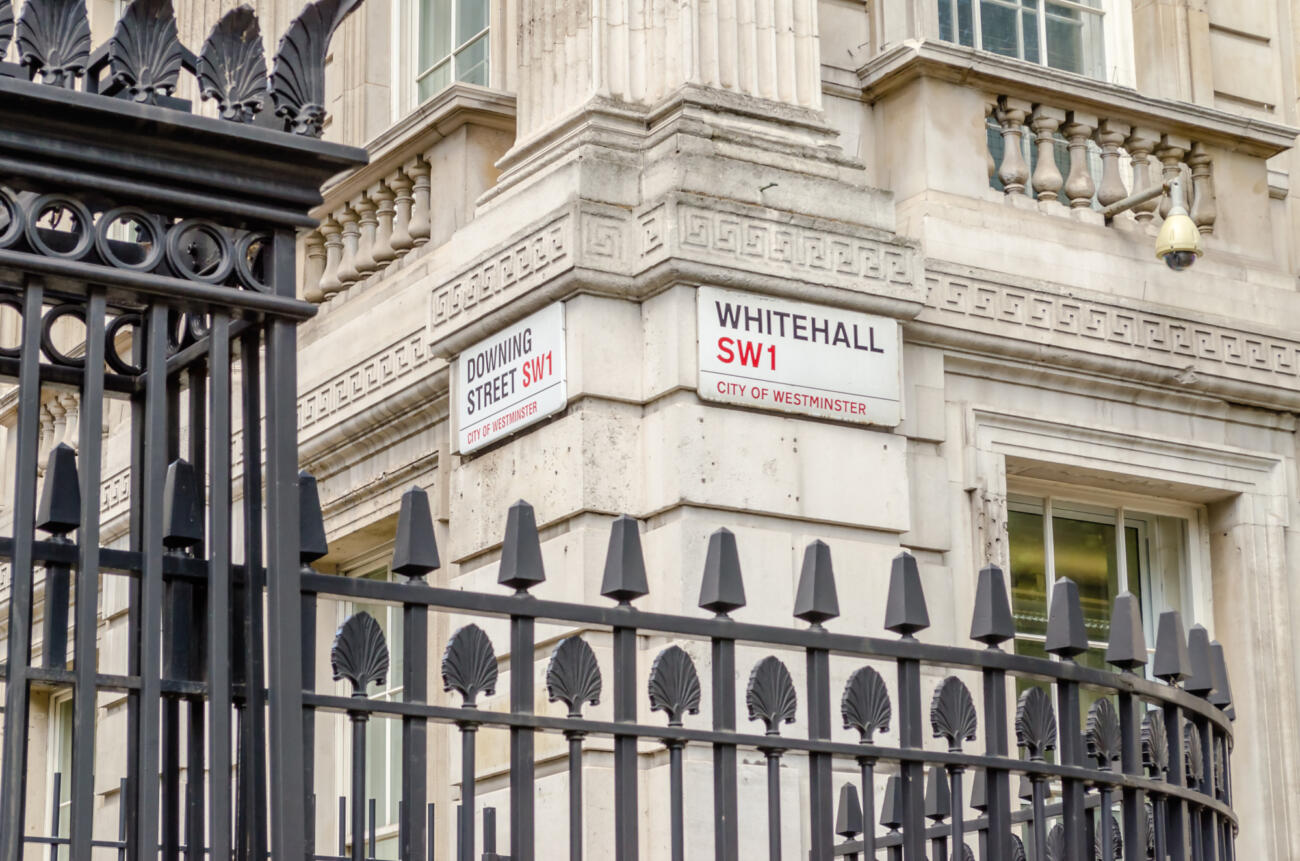Insights

By: Susie Hillier
Spring Statement 2025
In mid-March 2024, the then Shadow Chancellor, Rachel Reeves, gave the Mais Lecture to the City, whereby she set out her broad fiscal framework, including goals to:
- Balance the current budget, i.e. match day-to-day government expenditure with revenues
- Have a single fiscal event, i.e. Budget, each year, in the autumn
The speech was designed to give its audience confidence that a Labour government, then looking close to a certainty, would bring financial stability.
Just over a year later, Rachel Reeves is both where she hoped she would be, 11 Downing Street, and where she hoped not to be, trying to avoid a parliamentary set piece morphing into a Spring Budget less than five months after her Autumn Budget. As the Institute for Government and others pointed out, the objective of one Budget a year does not sit comfortably with two forecasts in the same period from the Office for Budget Responsibility (OBR). Add in the limited fiscal headroom that Reeves left for herself after her tax-raising Budget last October, and an uncomfortable Autumn Budget is a distinct possibility.
Despite various media labels of mini-Budget, or even emergency Budget, in the run up to 26 March, the Chancellor avoided any fresh tax measures. Instead, her focus was on tightening public spending, an action that means the Treasury’s spotlight now turns to 11 June, when the deferred three-year spending review is due to be published. In the interim, underlining the swirl of economic uncertainty surrounding any forecast, 2 April is scheduled as “Liberation Day” in the US, when Donald Trump reveals his “reciprocal” tariffs.
By October 2024, UK growth had slowed significantly, casting a pall over economic projections. Initially optimistic projections for 2025 have been revised down. Reeves' Budget measures aimed to raise over £40 billion annually by 2029/30, primarily through increased employers' national insurance contributions. Despite this, slower growth and higher interest rates have reduced the fiscal headroom to £9.9 billion.
The Chancellor revealed several investment initiatives, including increased capital spending by £13 billion for infrastructure, housing, and defence innovation. Additionally, a £3.25 billion Transformation Fund has been created for public service reform.
Welfare measures include changes to Personal Independence Payment (PIP) qualifications, abandonment of Work Capability Assessment reforms, freezing the Universal Credit Health Element, and increasing the Universal Credit Standard Allowance above inflation.
Tax administration measures involve increased funding for HMRC debt collection and compliance staff, higher late payment penalties for VAT and self-assessment income tax, and changes to the High Income Child Benefit Charge.
Several consultations on tax reforms have been issued, including behavioural penalty reform, tackling tax advisers facilitating non-compliance, closing in on promoters of marketed tax avoidance, and advance tax certainty for major projects.
Despite widespread predictions of the demise of cash ISAs, options for reforms "that get the balance right between cash and equities to earn better returns for savers" are being examined by the Treasury. There also appears to be increased appetite for supporting Venture Capital Trusts and Enterprise Investment Schemes, with one commentator hoping for a relaxation on the rules for companies seeking investment.
Should you have any questions or concerns, please get in touch with the UK Wealth Planning team.
Find out more about Stonehage Fleming's Wealth Planning offering
Read more on the Economic Outlook